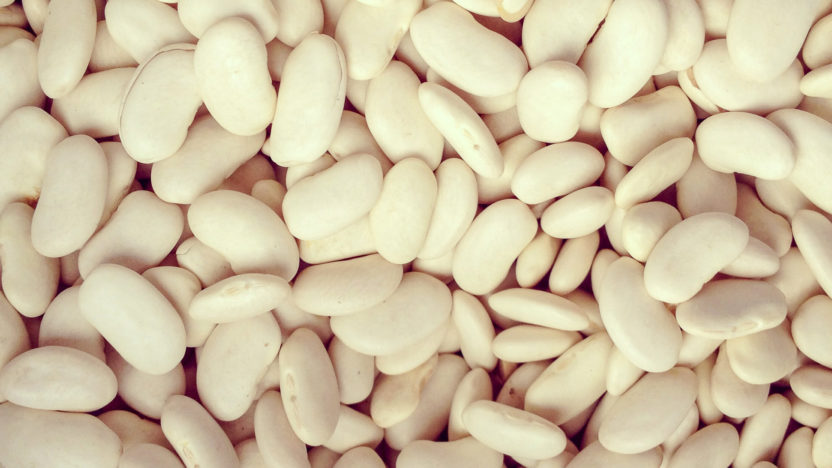 PAT
Toscana
PAT
Toscana
Garfagnina bean
The Garfagnina Bean is a Traditional Agricultural Product (PAT) on the national list approved by the Ministry of Agriculture And Forestry, whose requirements are regulated by the production discipline of the Tuscany Region.
Features
The plant looks like a fairly vigorous climber at scalar ripening; it has adapted well in Garfagnana as it attaches badly to high temperatures.
The pod is green in color, about 14-15 cm long and 2-2.5 cm wide.
The seed, large, has slightly kidney-like and crushed oval shape, white coloring.
The bean is used fresh or dry grainy generally in combination with pork dishes.
As a bean it comes with a bit of a consistent peel and meaty but soft pasta.
Cultivation
For the preparation of the soil is carried out a slight ploughing (25-30 cm) followed by a herpitatura.
This operation administers the fertilizer, which is usually organic.
The planting takes place in May.
It is grown in rows, in “postarelles” 30-50 cm apart.
Sow in early May, they were traditionally grown on the “jugs” or “calocchie”, chestnut pertches, put individually or at two or three at a time, tilted and gathered at the top.
Irrigations must be constant but not excessive.
The collection is done manually from September; the product is dried on the wing in the sun and, therefore, is selected.
The bean is discreetly productive and you can collect about 40-50 q.li/ha of fresh product.
The bean, a large white bean, irregular and slightly crushed, has been widespread since time immemorial throughout the Garfagnana, where it was cultivated, in the gardens, or, especially in the “beans”, made in the fields near the ditches or in the “iare” of the streams and Rivers.
The “roads” or “graves” of rivers, traditionally immemorial considered to be common property, could also be used by the poor or at least by those who had no land.
The Garfagnina Bean is one of the rare beans eaten fresh and known since ancient times because it is paired with cotechino and other dishes in which included pork, essential food for the nutrition of the people of the valley.
Great with boiled or just seasoned with oil and pepper.
A little less appreciated in other traditional bean preparations.


